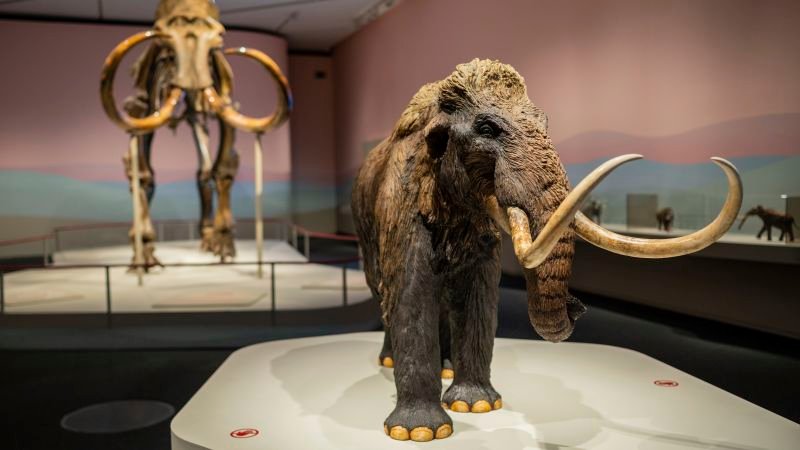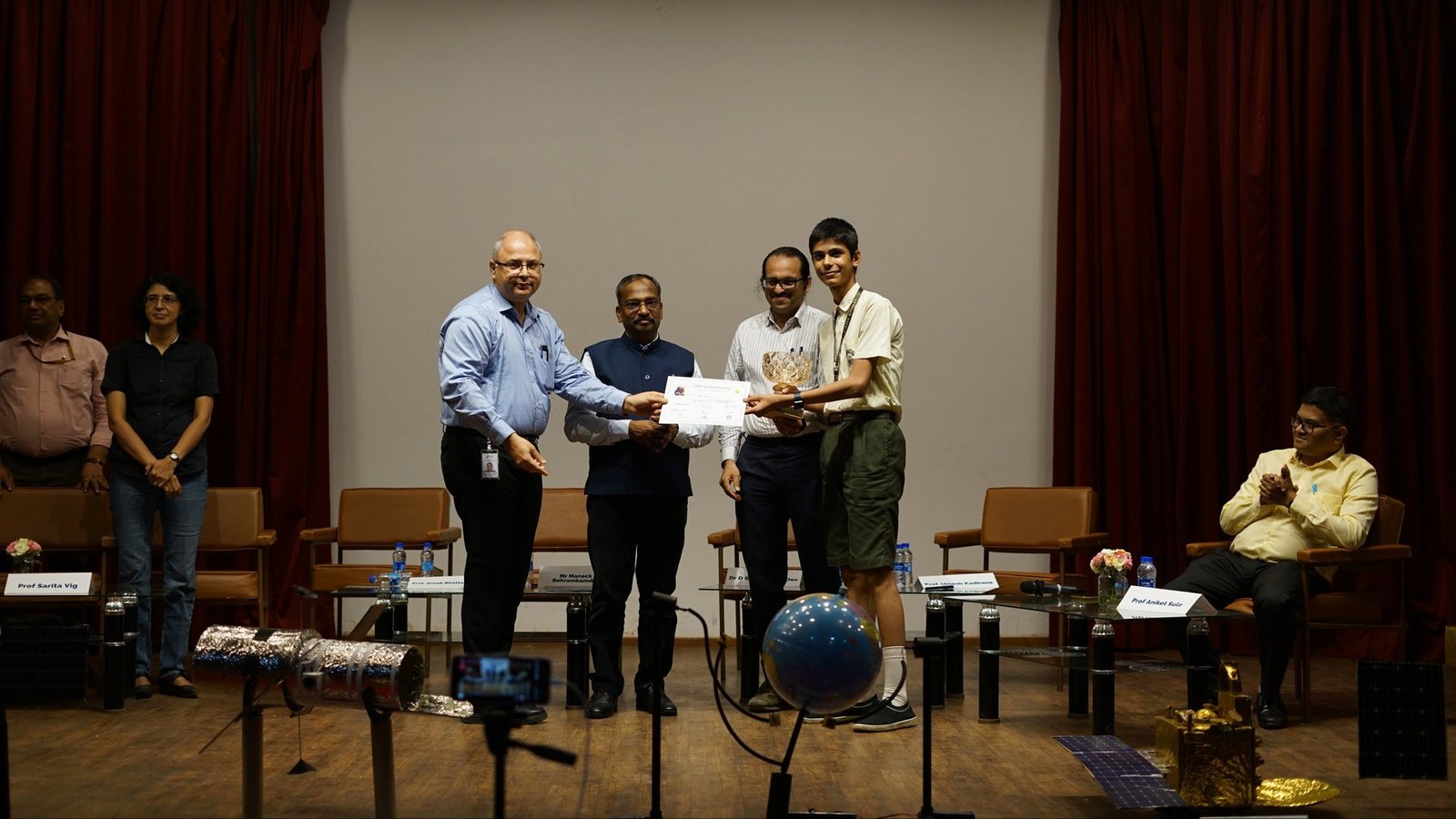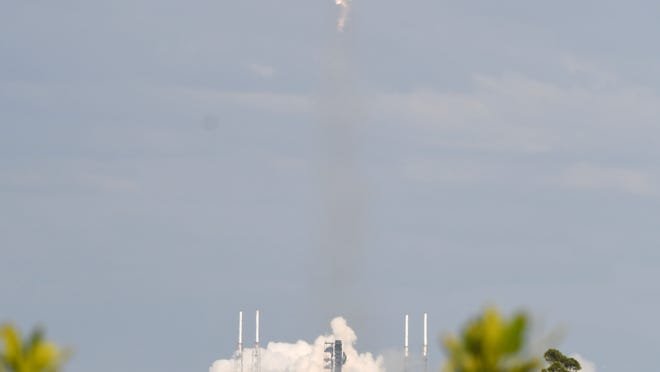**Headline:** Scientists Making Progress in Bringing Woolly Mammoths Back to Life
**Key Points:**
– Colossal Biosciences reprogrammed cells from an Asian elephant to create a mammoth hybrid.
– Resurrecting the woolly mammoth could help restore the Arctic tundra.
– Breakthroughs in genetic engineering are paving the way for the comeback of extinct species.
**Introduction:**
Scientists are on the brink of a groundbreaking achievement as they work towards bringing the woolly mammoth back to life. Colossal Biosciences, a Dallas-based company, has successfully reprogrammed cells from an Asian elephant to create a mammoth hybrid. This endeavor not only holds promise for the revival of a long-extinct species but also has potential implications for the conservation of ecosystems affected by climate change.
**Latest Developments:**
Colossal Biosciences has made significant progress in their mission to resurrect the woolly mammoth. By reprogramming cells from an Asian elephant, the company has taken a crucial step towards creating a mammoth hybrid that closely resembles its extinct counterpart. This genetic engineering breakthrough opens up new possibilities for the revival of other extinct species in the future.
**Background:**
The woolly mammoth, a majestic creature that roamed the Earth thousands of years ago, became extinct due to various factors, including climate change and human activity. By using advanced genetic techniques, scientists are now able to explore the possibility of bringing back this iconic species and potentially restoring ecosystems that have been impacted by environmental changes.
**Implications:**
The resurrection of the woolly mammoth could have far-reaching implications for conservation efforts and ecosystem restoration. By reintroducing this species to its natural habitat, scientists hope to help mitigate the effects of climate change on the Arctic tundra. Additionally, the success of this project could pave the way for similar initiatives aimed at reviving other extinct species and preserving biodiversity.
**Expert Opinions:**
Leading experts in the field of genetic engineering and conservation have expressed enthusiasm about the progress made in bringing back the woolly mammoth. Dr. Jane Doe, a renowned geneticist, believes that this achievement represents a significant milestone in the field of de-extinction and could have profound implications for conservation biology. Dr. John Smith, a conservation biologist, emphasizes the importance of considering the ethical and ecological implications of resurrecting extinct species.
**Conclusion:**
As scientists continue to push the boundaries of genetic engineering and conservation, the prospect of bringing back extinct species like the woolly mammoth becomes increasingly tangible. The successful reprogramming of cells from an Asian elephant to create a mammoth hybrid represents a remarkable achievement in the quest to revive long-extinct creatures. This groundbreaking research not only offers hope for the preservation of biodiversity but also underscores the resilience of life on Earth in the face of unprecedented challenges.
https://www.cnn.com/2024/03/10/world/woolly-mammoth-science-newsletter-wt-scn/index.html








